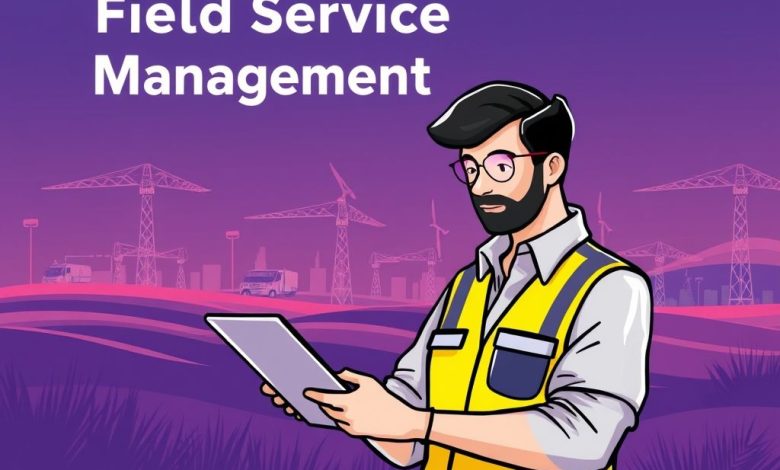Field Service Management with E-signatures Streamlining Operations and Enhancing Efficiency

Introduction
In today’s fast-paced business environment, efficient field service management is crucial for companies operating in various industries such as HVAC, electrical work, plumbing, and home maintenance. The integration of e-signatures into field service management systems has revolutionized how businesses handle customer agreements, service contracts, and other paperwork-related tasks. This article explores the benefits and implementation strategies of combining field service management with e-signatures.
Benefits of E-Signatures in Field Service Management
E-signatures have transformed the way businesses operate in the digital age. For field service companies, the advantages of implementing e-signatures are numerous:
- Increased Efficiency: E-signatures allow customers to sign documents remotely, eliminating the need for physical signatures and reducing turnaround time for contracts and agreements.
- Cost Savings: By eliminating paper-based processes, companies can significantly reduce printing and mailing costs associated with traditional signature methods.
- Improved Customer Experience: Customers can sign documents at their convenience, enhancing overall satisfaction with the service provided.
- Enhanced Security: Digital signatures offer better security compared to traditional wet ink signatures, as they are more difficult to forge or alter.
- Compliance: E-signatures often comply with industry regulations such as GDPR and HIPAA, ensuring data protection and privacy.
Challenges in Implementing E-Signatures
While the benefits of e-signatures in field service management are clear, implementing them comes with some challenges:
- Technology Adoption: Some customers may be hesitant to adopt new digital methods of signing documents.
- Integration Issues: Ensuring seamless integration between existing field service management software and e-signature platforms can be complex.
- Legal Concerns: While e-signatures are generally accepted, some industries or jurisdictions may have specific regulations regarding their use.
Best Practices for Implementing E-Signatures in Field Service Management
To successfully integrate e-signatures into your field service management system, consider the following best practices:
- Choose a User-Friendly Platform: Select an e-signature solution that offers a simple, intuitive interface for both customers and employees.
- Provide Clear Instructions: Ensure customers understand how to sign documents electronically and provide step-by-step guidance.
- Offer Multiple Signature Options: Allow customers to choose between different signature types (e.g., typed name, drawn signature, biometric signature) to accommodate various preferences.
- Implement Two-Factor Authentication: Add an extra layer of security to protect sensitive customer data during the signing process.
- Regularly Update Software: Keep your field service management and e-signature systems up-to-date to ensure optimal performance and security.
- Train Employees: Educate staff on the proper use of e-signatures within the field service management system.
- Maintain Audit Trails: Keep detailed records of all signed documents for future reference and compliance purposes.
Case Study: XYZ Plumbing Company
XYZ Plumbing Company, a medium-sized plumbing business operating in multiple cities, decided to implement e-signatures as part of their field service management strategy. They chose a cloud-based platform that integrated seamlessly with their existing CRM system.
The implementation process was straightforward:
- Initial Setup: The company’s IT department configured the e-signature platform with their field service management software.
- Employee Training: All technicians were trained on the new system, focusing on the e-signature feature.
- Customer Communication: Customers were informed about the new electronic signing process through email notifications and in-person explanations.
- Rollout Phase: The e-signature feature was gradually introduced across different regions, starting with a pilot group of technicians.
Results:
- Reduced document processing time by 40%
- Decreased paper usage by 75%
- Improved customer satisfaction scores by 25%
- Reduced errors in contract details by 30%
Conclusion
Field service management with e-signatures represents a significant leap forward in operational efficiency and customer experience. By embracing this technology, businesses can streamline their processes, reduce costs, and enhance overall service quality. As the industry continues to evolve, companies that adapt quickly to digital innovations will likely gain a competitive edge in the market.
For field service managers looking to improve their operations, integrating e-signatures into their field service management system is a worthwhile investment. It not only improves internal processes but also contributes to better customer relationships and increased business growth.



